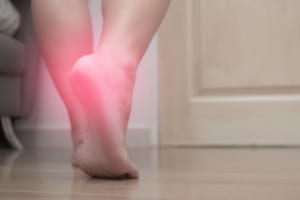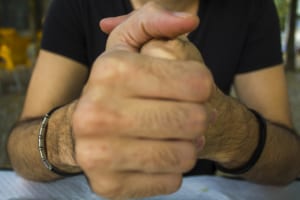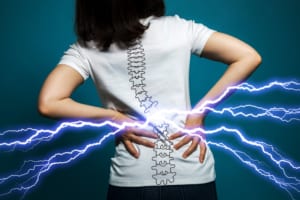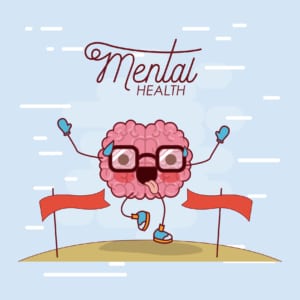
Repetitive Strain Injury (RSI) is a general term used to describe muscle, nerve and tendon pain caused by repetitive movement and overuse. It’s most commonly perceived as something that affects wrists and hands, but it can also impact forearms, elbows, neck and shoulders.
RSI can strike anyone who performs a repetitive or high intensity action for long periods without rest. It can also be exacerbated by poor posture or activities that involve working in an awkward position. At the Robin Kiashek Clinics we’ve seen sufferers from keyboard using office workers to smartphone users, sports people and musicians.
It is worth noting that poor posture whilst sitting at a desk can, with time, lead to repetitive strain and ultimately damage to the outer fibres (the annulus fibrosus) of the inter-vertebral discs, which can, in turn, lead to bulging/herniating discs, producing lower back pain.
Symptoms of RSI
The symptoms of RSI usually develop gradually and can range in severity. They often include:
- Burning, aching or shooting pain.
- stiffness
- throbbing
- tingling or numbness
- weakness/lack of strength
- cramp
- Clumsiness or difficulty with day to day tasks and activities.
- Chronically cold hands, particularly the fingertips.
At first, symptoms may only present while the action is being performed. But, left unaddressed, they can cause longer periods of pain or even become constant.
Top tips for preventing RSI
The good news is that there are a number of things that you can do to help reduce your risk of getting RSI:
- If you work at a computer all day, make sure your seat, keyboard, mouse and screen are positioned so they cause the least amount of strain:
- Keep feet flat on the floor and try not to cross your legs
- Position the screen directly in front of you and at eye level
- Consider a wrist rest to keep wrists straight and at the same level as the keys
- Keep items you use regularly close by and so you don’t have to reach or stretch
- If you use the phone a lot, consider using a headset rather than clamping it between your head and shoulder
- Try to take regular breaks from the task – small and frequent is better than one long rest
- Don’t sit in one position for too long. Get up and move around – it moves the strain from one set of muscles to another. There is some great information about the perils of sitting too long here and how you can do less of it here.
How can Osteopathy help with RSI?
RSI problems can respond very well to Osteopathy. At the Robin Kiashek Clinics we will devise a treatment plan to reduce pain, help recovery and minimise the chance of injury reoccurring. There are three main strands:
- On a symptomatic level, some soft tissue stretches, joint mobilisation and exercises can help bring relief from the painful symptoms
- We will investigate around the area where the problem is presenting and establish what else is going on in the patient’s life. I’ve written on referred pain in a previous blog.
- Finally, we would provide advice and guidance on lifestyle changes around sleep, posture, and exercise that can help prevent symptoms from reoccurring.
We have two clinics. One in Central London and the other in East Finchley. If you suffer from symptoms like those outlined above then why not get in touch?








 Runner’s knee, jumper’s knee, housemaid’s knee (yes, it does exist!) and so on – the list of painful complaints that can affect this complicated joint is as long as your arm. Problem knees are surprisingly common in people of all ages, placing severe restrictions on both movement and lifestyle as a whole.
Runner’s knee, jumper’s knee, housemaid’s knee (yes, it does exist!) and so on – the list of painful complaints that can affect this complicated joint is as long as your arm. Problem knees are surprisingly common in people of all ages, placing severe restrictions on both movement and lifestyle as a whole. It’s well known that regular exercise brings huge benefits. In a society where sitting has become the norm, being active helps to regulate weight, build and maintain strong muscles and bones, boost energy and promote healthy sleep. It can also reduce the risk of injury and chronic diseases such as heart disease, diabetes, some cancers and osteoporosis. It can also protect memory and thinking skills. But did you know that physical activity can help stave off depression too?
It’s well known that regular exercise brings huge benefits. In a society where sitting has become the norm, being active helps to regulate weight, build and maintain strong muscles and bones, boost energy and promote healthy sleep. It can also reduce the risk of injury and chronic diseases such as heart disease, diabetes, some cancers and osteoporosis. It can also protect memory and thinking skills. But did you know that physical activity can help stave off depression too?